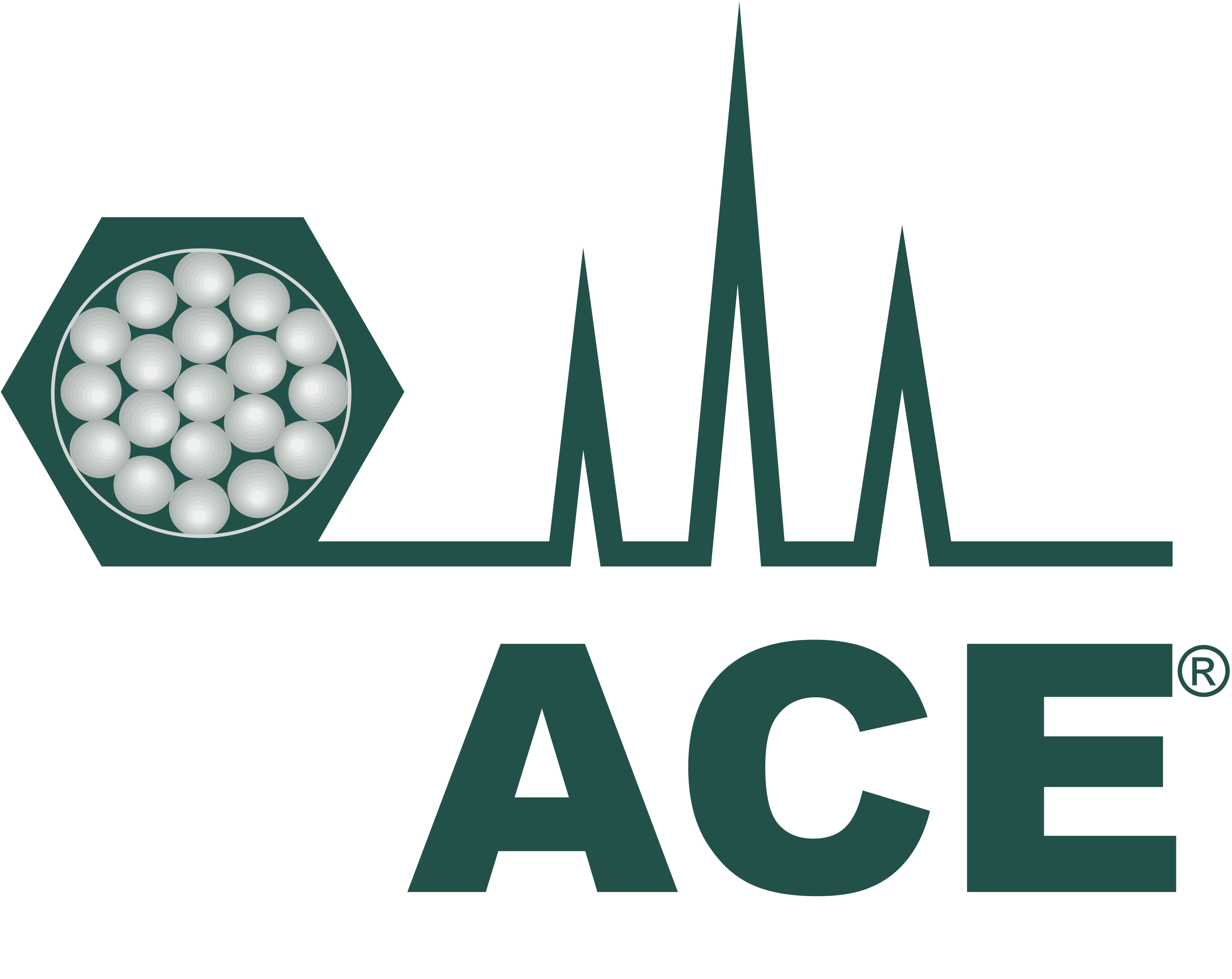When working with Hydrophilic Interaction Liquid Chromatography (HILIC), the choice of sample diluent can have a profound impact on peak shape. An incorrect choice can lead to poor peak shape, peak splitting and unstable retention times. This ACE Knowledge Note discusses how a suitable choice can be determined during HILIC method development.
Ideally, the sample diluent in HILIC should have a composition as close as possible to that of the mobile phase used for the separation i.e. the diluent should be composed of a high percentage of the weaker solvent such as acetonitrile. For gradient HILIC chromatography, the sample diluent should be similar to the gradient starting conditions. In some cases, this may present issues with sample solubility as the polar analytes encountered in HILIC may be relatively insoluble in high concentrations of organic solvents.
Sometimes, peak shape problems encountered in HILIC can be resolved by addressing the choice of sample diluent. Samples dissolved in high aqueous diluents are problematic in HILIC as water is the strong solvent, possessing high elution strength. The presence of a large amount of water in the sample diluent therefore disrupts partitioning of the analyte into the water rich layer which surrounds the HILIC stationary phase surface.





